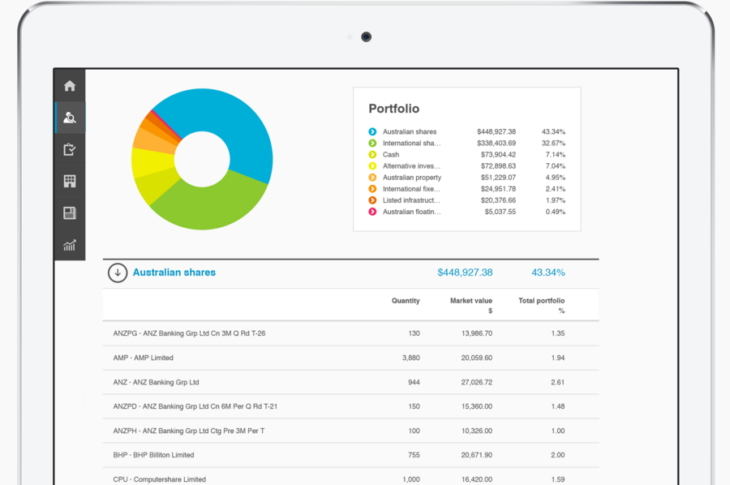Tips and Traps for SMSF’s
Having your own SMSF means being the trustee and this role comes with a long list of responsibilities and harsh penalties for getting it wrong.
Let’s face it, there’s no such thing as a DIY super fund as they’re often known. Even if you are a chartered accountant who can do your own set of accounts and tax returns, you need an independent auditor to complete the audit and a specialist investment adviser to manage your superannuation investment portfolio. Having your own SMSF means being the trustee and this role comes with a long list of responsibilities and harsh penalties for getting it wrong. If your fund is deemed “non-complying”, the fund can be taxed 49% of the fund’s assets! Most trustees engage financial planning and accounting professionals to ensure they meet the ATO’s compliance requirements and ensure they are maximising the use of their Super Fund.
In setting up the fund, there’s a long list of things you need to get right up front. These include:
- Completing the appropriate paperwork to execute the trust deed, register the fund with the ATO and add members
- Ensuring each member is a trustee (or director of a corporate trustee)
- Putting in place death benefit nominations
- Documenting an investment strategy that must also consider the insurance needs of members (and review this strategy regularly)
What you are allowed to do outside super is very different to what you can do inside super (especially when using borrowed funds so don’t blindly trust those investment property “gurus”).
The catchall rule for SMSF’s is known as the Sole Purpose Test. To satisfy this Test you must ensure your Super Fund is maintained for the purpose of providing benefits to its members upon their retirement, or for beneficiaries if a member dies. Trustees should ask themselves this question before making pretty much every decision for the fund.
Here are some answers we’ve given to many clients over the years about what you can’t do inside an SMSF:
- You can’t lend money from your SMSF to a member or their relatives.
- You can’t buy or transfer a residential property into your SMSF from yourself or a related party
- You (or a related party) can’t stay in your investment property owned by your SMSF (even if you are paying market rent).
To make things even harder, the rules are always changing. Whether it’s contribution limits, preservation ages, borrowing in super rules etc. Trustees (or their trusted advisers) need to stay on top of these things to protect trustees from penalties. Even though we keep up to date, there’s always more to learn. We have access to one of the best technical teams in the country and we get to continually learn from these experts through an array of regular and specialised education classes. In addition, we share offices with a specialist SMSF auditor and a specialist SMSF tax adviser, both of which we work closely with. Why not give us a call today to see how we can help ensure your Fund remains compliant and you are maximising the use of your SMSF?
Written by Nick Lloyd (Financial Adviser)
ITL Financial Planning and its advisers are Authorised Representatives of Fortnum Private Wealth Ltd ABN 54 139 889 535 AFSL 357306. www.fortnum.com.au. Any information on this website is general advice only and does not take into account any person's objectives, financial situation or needs. Please consider your own circumstances and consider whether the advice is right for you before making a decision. Always obtain a Product Disclosure Statement (if applicable) to understand the full implications and risks relating to the product and consider the Statement before making any decision about whether to acquire the financial product.

